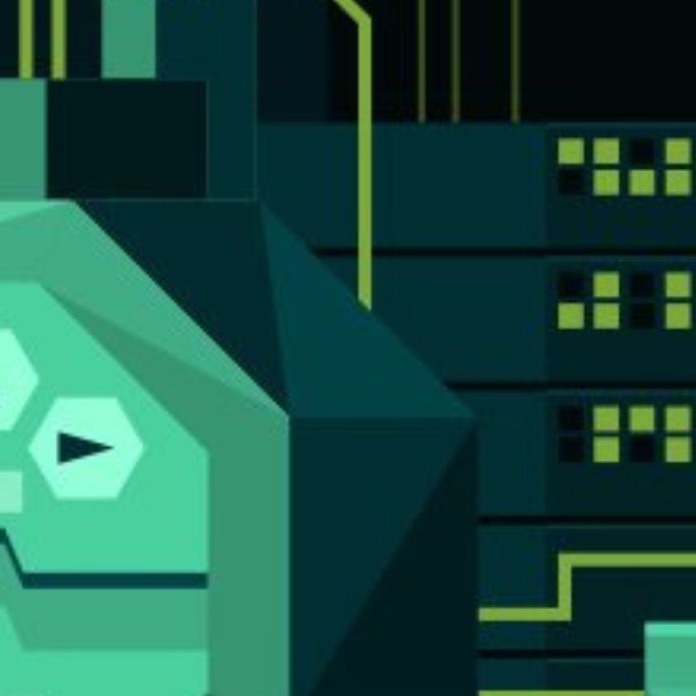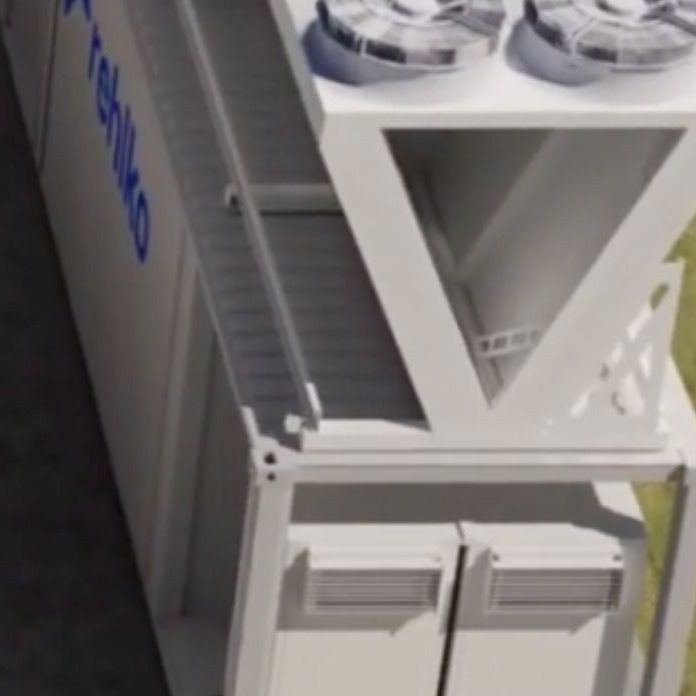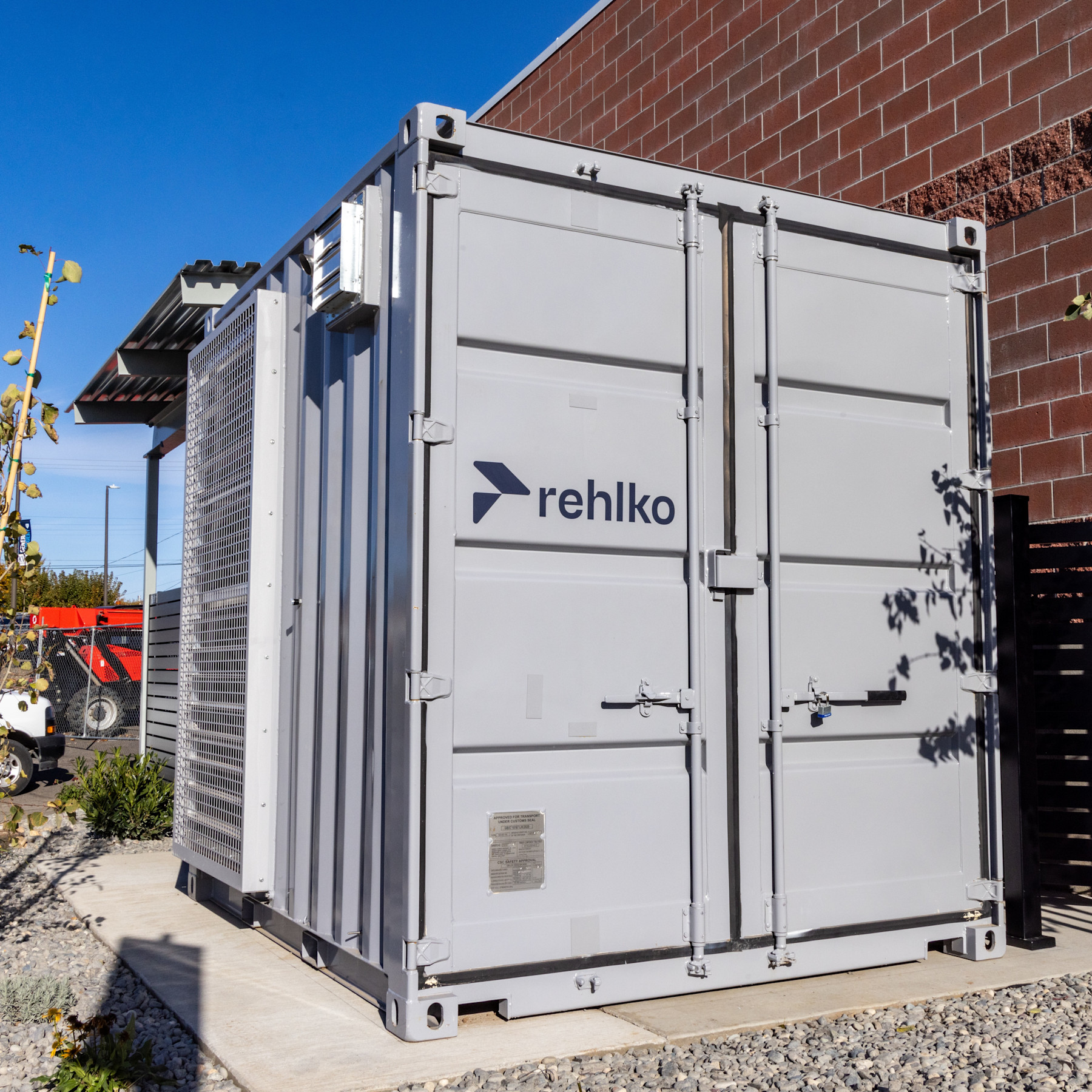A Beginner’s Guide to Measuring Data Center Emissions
 Print
PrintThe data center industry is fast-moving and fast-growing, and trying to keep your finger on the pulse of environmental-based initiatives can be tricky. Maybe you want to do a better job of managing your facility’s emissions, but you don’t know where to start. Whether your goal is reducing carbon-based inputs or increasing internal efficiency, you can’t understand your consumption until you start tracking it.
Reporting on sustainability metrics in regard to emissions is a crucial way to drive improvements. As a starting point, we’ve outlined some concepts and metrics you can use in your efforts to optimize a data center carbon footprint. While certainly not exhaustive, this can be the starting point for setting targets, reporting progress, and gaining credentials.
Scope 1 Emissions
The most commonly used framework for assessing greenhouse gas (GHG) emissions emerged in accordance with both GHG Protocol Accounting and Reporting Standard from the Kyoto Accord, and ISO 14604 (GHG Emissions Inventories and Verification). The system divides carbon emissions into three different categories, known as scopes.
Scope 1 deals with direct emissions, like diffused gas coming from the operation of a data center’s equipment. All emissions arising from anything under the operational control of a data center fall here. This could include measuring things like leakage from switchgear, cooling system releases, combustion gases from backup generators, or even exhaust from company vehicles. The most common Scope 1 emissions contributors are refrigerants for cooling systems and natural gas for space heating.
Scope 2 Emissions
Scope 2 refers to purchased energy, like the emissions generated by the power acquired by the data center from the electrical grid. This scope also includes purchased heat, steam, and cooling.
Typically, data centers divide Scope 2 emissions into location-based and market-based GHG emissions. Location-based emissions track power grid averages in a specified location within a set time period. Market-based emissions, however, deal with power purchased under contract from a non-grid source such as renewable energy from a vendor outside an area’s main utility provider.
Scope 3 Emissions
Scope 3 emissions often play a large part in total emissions, but they are the most difficult to calculate. Scope 3 emissions are indirect emissions that are from outside a data center’s operations and energy consumption.
Examples of Scope 3 emission sources include external services like Amazon AWS or Microsoft Azure, but they also include aspects like data center construction, employee travel, waste management, and supply chain—any goods or services purchased by the organization.
Carbon Intensity
To calculate carbon intensity, data centers combine Scope 1 and 2 emissions (location-based and market-based) and divide this total by the overall power consumption. The result is a number conveying the weight of carbon dioxide equivalent (mtCO2e) that the data center used to create one kilowatt per hour (kWh), meaning renewable forms of energy have lower carbon intensity.
Carbon Savings
By measuring possible carbon emissions against actual emissions, data centers can calculate the total emissions prevented because of sustainability initiatives.
Carbon Usage Effectiveness (CUE)
This metric measures yearly carbon dioxide emissions against IT equipment energy demand. Because it's a ratio of IT load, CUE stands as a particularly useful measure of the overall sustainability of a data center.
Total Carbon Offsets
Carbon offsets, carbon credits, or verified emission reductions (VERs) are a system of fees paid to outside organizations based on emission levels. These external organizations may use the funds for a variety of environmentally friendly purposes. Total Carbon Offsets, then, is a measurement of a data center compensating for Scope 1 and 3 emissions with additional carbon-reduction efforts.



